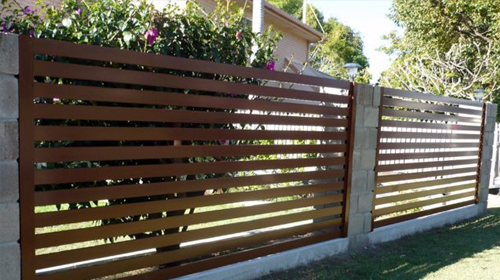Choosing Wall Paint Colors for Rural Homes
Embracing the Rural Aesthetic
When selecting wall paint colors for rural homes, it’s essential to consider the natural surroundings and architectural style of the area. Embrace earthy tones and muted hues that harmonize with the rural landscape, such as warm browns, soft greens, and sandy beiges. These colors evoke a sense of rustic charm and blend seamlessly with the natural environment, creating a cohesive and inviting aesthetic for your rural home.

Reflecting the Natural Landscape
Take inspiration from the colors found in the natural landscape surrounding your rural home. Consider the hues of the rolling hills, lush meadows, and wooded areas nearby, and incorporate these tones into your wall paint color palette. Soft greens, golden yellows, and earthy neutrals reflect the beauty of the countryside and create a sense of connection to the land.
Infusing Warmth and Comfort
Wall paint colors play a significant role in setting the mood … Read more

:strip_icc()/wood-deck-raised-gardens-6c73553c-9cd6ac30c3dc4cdf9d27373743caeff8.jpg)

